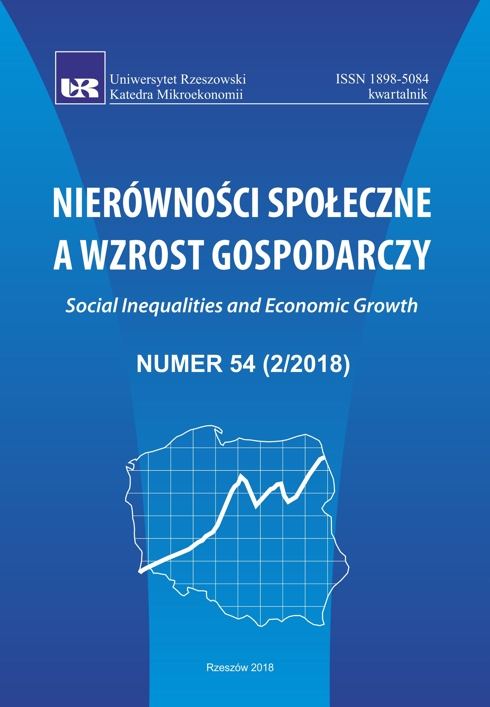Ekonomiczne uwarunkowania pracy elektrowni szczytowej na paliwa gazowe w Krajowym Systemie Elektroenergetycznym
DOI:
https://doi.org/10.15584/nsawg.2018.2.30Słowa kluczowe:
elektrownia szczytowa, turbiny gazowe, silniki tłokowe, zapotrzebowanie na energię elektrycznąAbstrakt
Celem pracy było przeanalizowanie ekonomicznych uwarunkowań eksploatacji elektrowni szczytowej opalanej paliwem gazowym w Krajowym Systemie Elektroenergetycznym. W pracy przeanalizowano strukturę zapotrzebowania na energię elektryczną oraz sposoby jej zaspokojenia ze szczególnym uwzględnieniem źródeł szczytowych. Niedobory mocy można pokryć zarówno przez jej import, redukcję zapotrzebowania u odbiorców końcowych, jak również przez dedykowane jednostki szczytowe. W artykule podjęto próbę wyznaczenia ceny energii elektrycznej, produkowanej przez elektrownię szczytową o mocy ok. 200 MW, przy której inwestycja byłaby opłacalna. Do porównania wybrano dwie technologie bazujące na gazowych turbinach lotniczopochodnych oraz silnikach tłokowych. W każdym z przypadków przeprowadzono analizę techniczno-ekonomiczną zaproponowanego rozwiązania wraz z uproszczoną analizą wrażliwości wybranych parametrów. Dodatkowo uwzględniono możliwości pełnienia usług systemowych takich jak Praca Interwencyjna oraz Operacyjna Rezerwa Mocy. Z przeprowadzonych obliczeń wynika, że jednostkowe koszty produkcji energii elektrycznej w rozpatrywanych elektrowniach znacznie przekraczają osiągalne na rynku ceny energii elektrycznej, jednakże dopłaty, jakie należałoby ponieść na rzecz źródeł szczytowych są znacznie niższe niż koszt redukcji zużycia energii (negawaty), czy też koszty ponoszące przez przemysł na skutek ograniczenia dostaw energii. Dodatkowo świadczenie usług systemowych, w tym regulacji wtórnej częstotliwości znacząco ekonomikę i funkcjonalność zaproponowanych rozwiązań.Downloads
Download data is not yet available.
Pobrania
Opublikowane
2020-11-13
Jak cytować
Niewiński, G., & Rajewski, A. (2020). Ekonomiczne uwarunkowania pracy elektrowni szczytowej na paliwa gazowe w Krajowym Systemie Elektroenergetycznym. Nierówności Społeczne a Wzrost Gospodarczy, 2(54), 403–424. https://doi.org/10.15584/nsawg.2018.2.30
Numer
Dział
Artykuły
Licencja
Prawa autorskie (c) 2018 Uniwersytet Rzeszowski

Utwór dostępny jest na licencji Creative Commons Uznanie autorstwa – Na tych samych warunkach 4.0 Miedzynarodowe.


